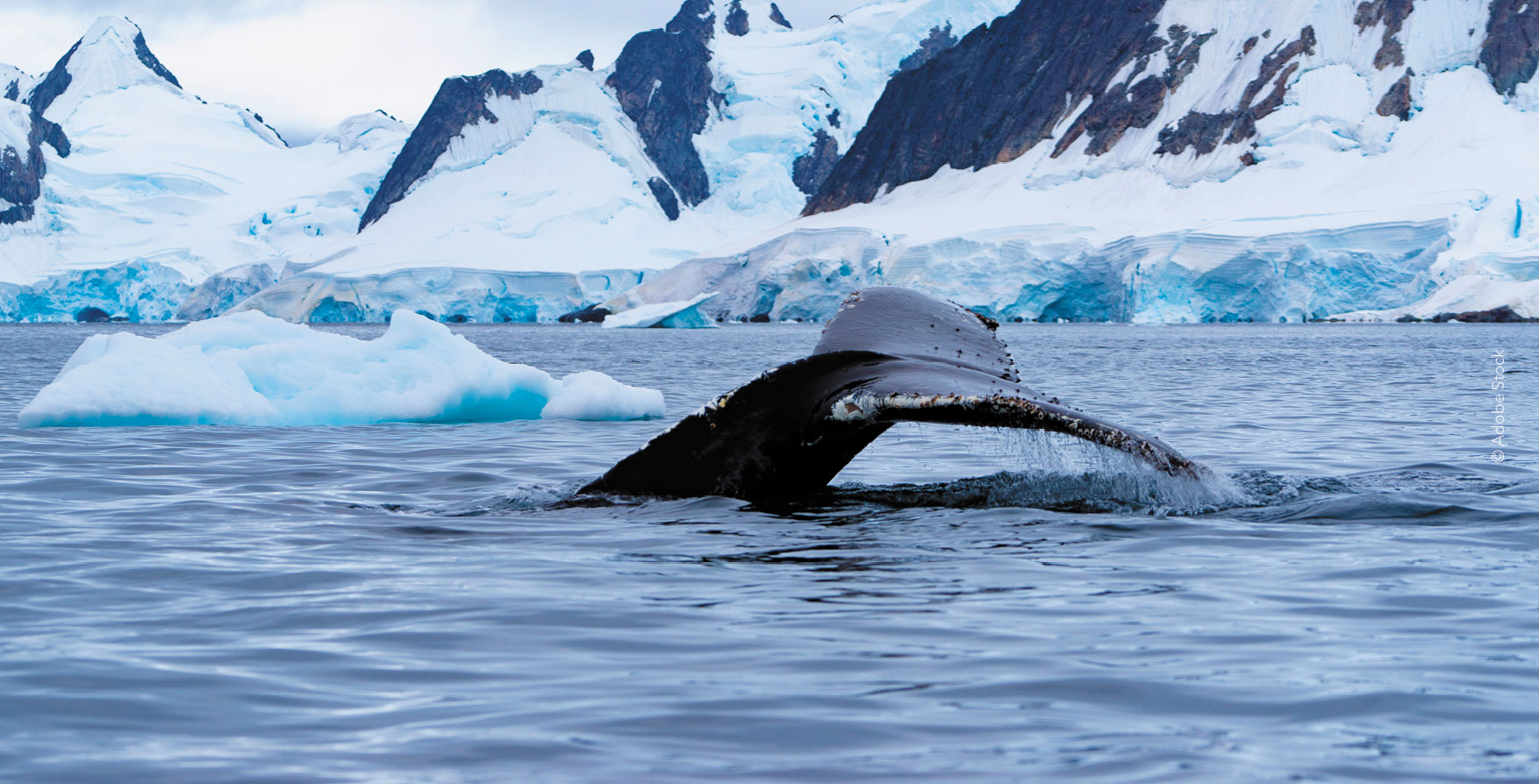Planned route
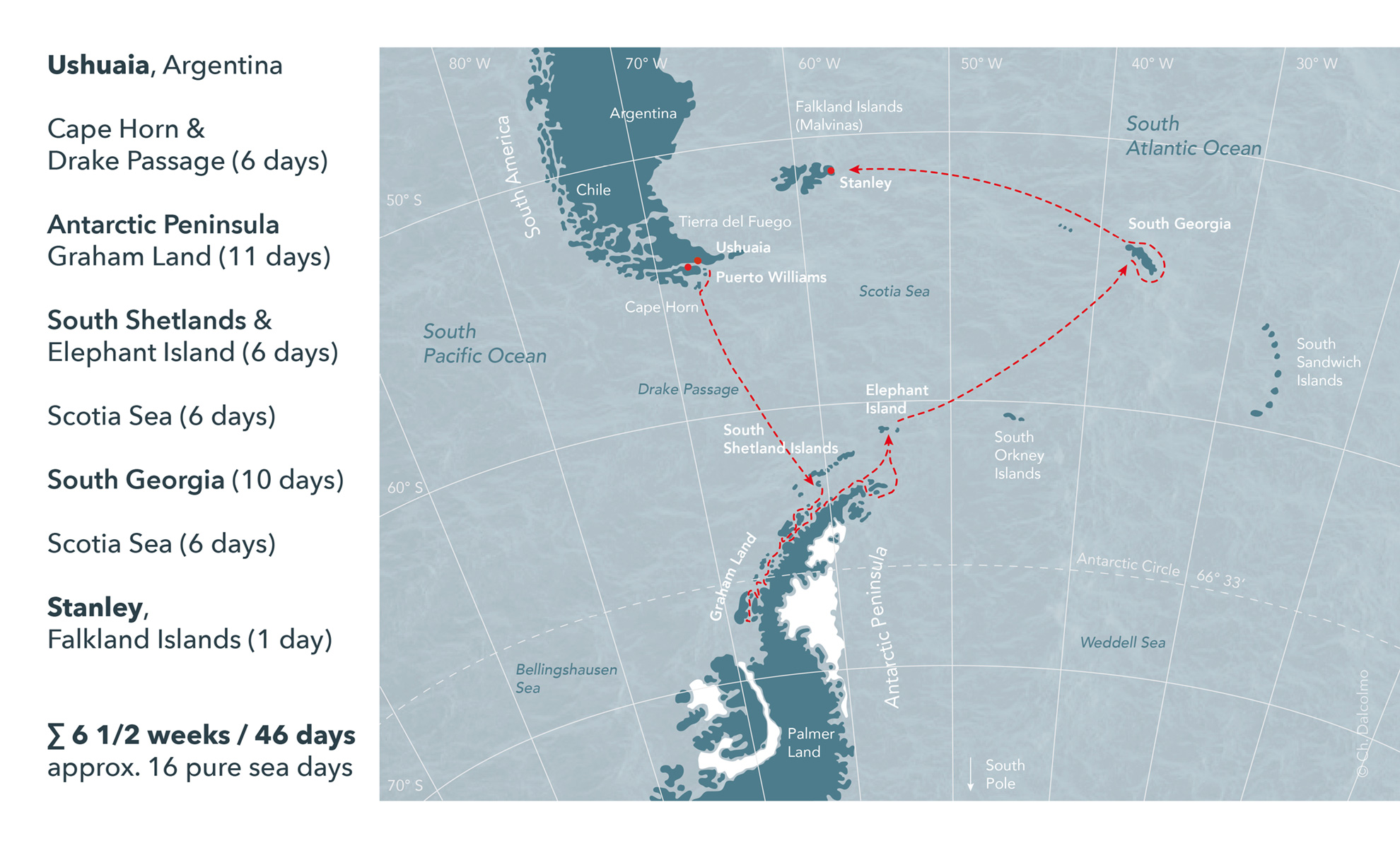
Route and itinerary
The following itinerary is a rough sketch, one possibility of many. Apart from a few fixed points on the planned route, we decide on the spot depending on the wind and weather. We don’t follow a rigid programme, don’t keep to any order and don’t tick off a bucket list.
Stage 1: Ushuaia – Drake Passage (approx. 5-7 days)
Ushuaia (Argentina) is the planned port of departure for this Antarctic sailing expedition.
After clearing the boat and crew and as soon as a suitable weather window opens, the journey begins in the Beagle Channel, accompanied by sea lions and cormorants. Depending on the conditions, we take the opportunity to spend a day visiting the archipelago of Tierra del Fuego and Cape Horn.
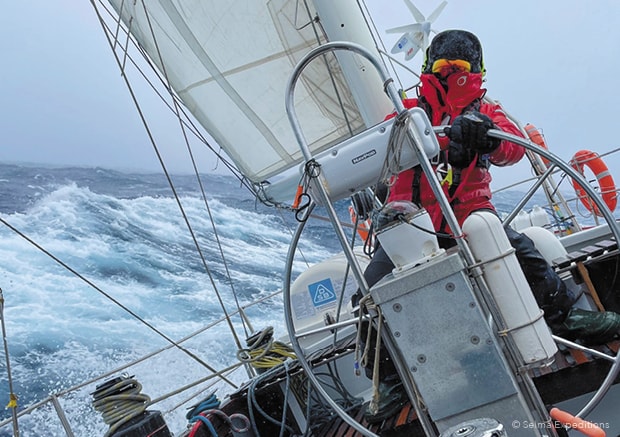
Before the challenging crossing of the notorious Drake Passage, the watches are organised.
The Antarctic Convergence Zone is crossed in the Drake Passage. In this zone, the water temperature drops from 5° to 1° Celsius.
We sail through a foggy area with green, species-rich polar water, strengthen the lookout and encounter the first icebergs – harbingers of the Antarctic.
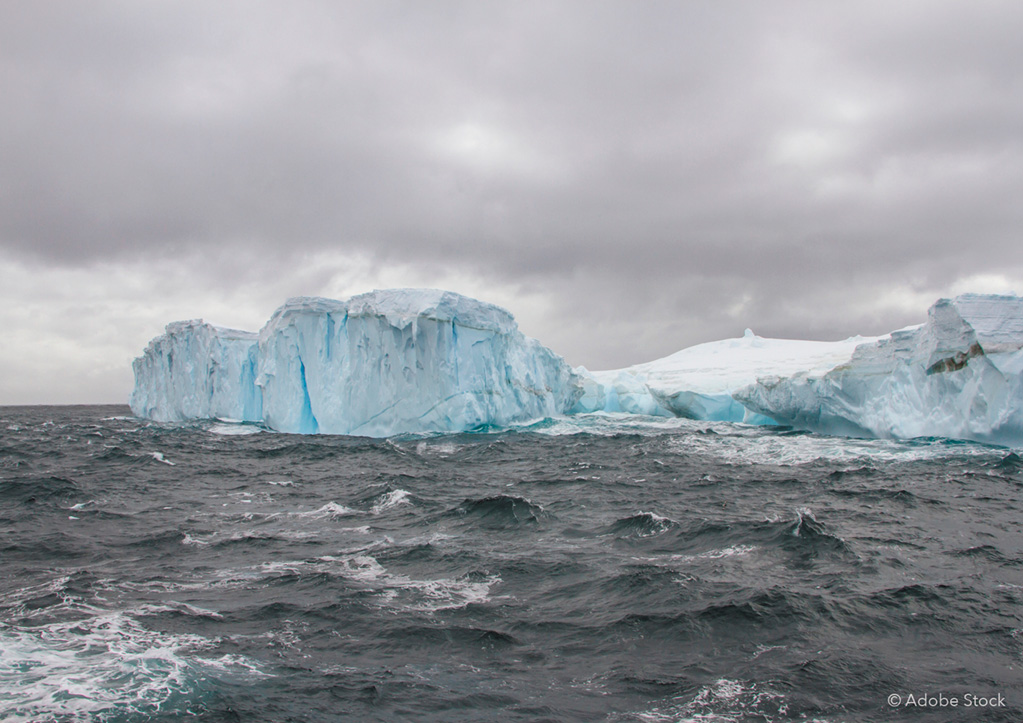
Stopover: Deception Island (approx. 2 days)
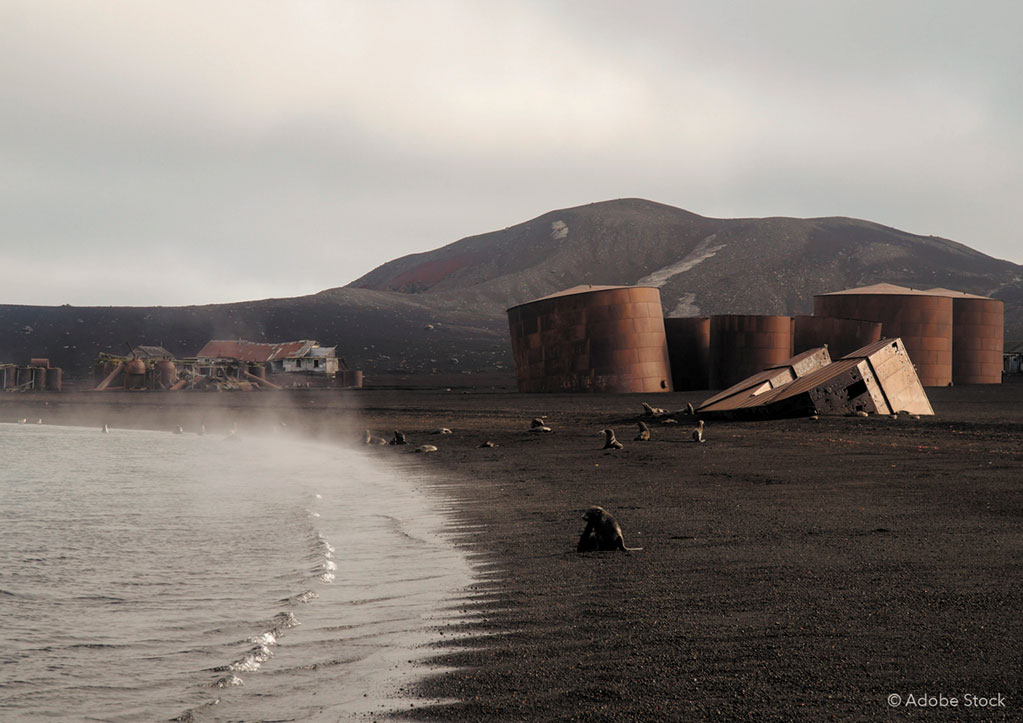
Deception Island is part of the South Shetland Islands.
The arrival on this still active volcanic island is spectacular:
Firstly, there is the impressive entrance through a very narrow channel (called Neptune’s Bellows) into the crater of the island.
Inside is one of the best-protected natural harbours in the world.
In Pendulum Cove, the whaling cove, you can take in the uniqueness of the island on a walk, discover the old remains of the whalers, watch fur seals on the beach or enjoy a dip in one of the warm geothermal springs on the beach in good weather.
You can also visit the largest colony of throat-striped penguins on the Antarctic Peninsula at Baileys Head.
Antarctic Peninsula – Graham Land (approx. 12-14 days)
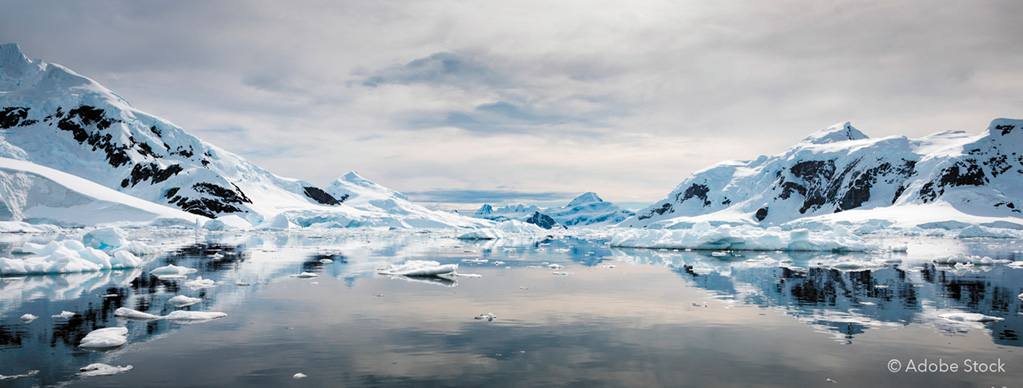
We will spend almost two weeks on the west coast of the Antarctic Peninsula, visiting and exploring many impressive landscapes and places along the islands and the mainland, anchoring in numerous bays, landing again and again by rubber dinghy, setting foot on the Antarctic continent and discovering and enjoying the incomparable landscape and wildlife on foot, with snowshoes or by kayak.
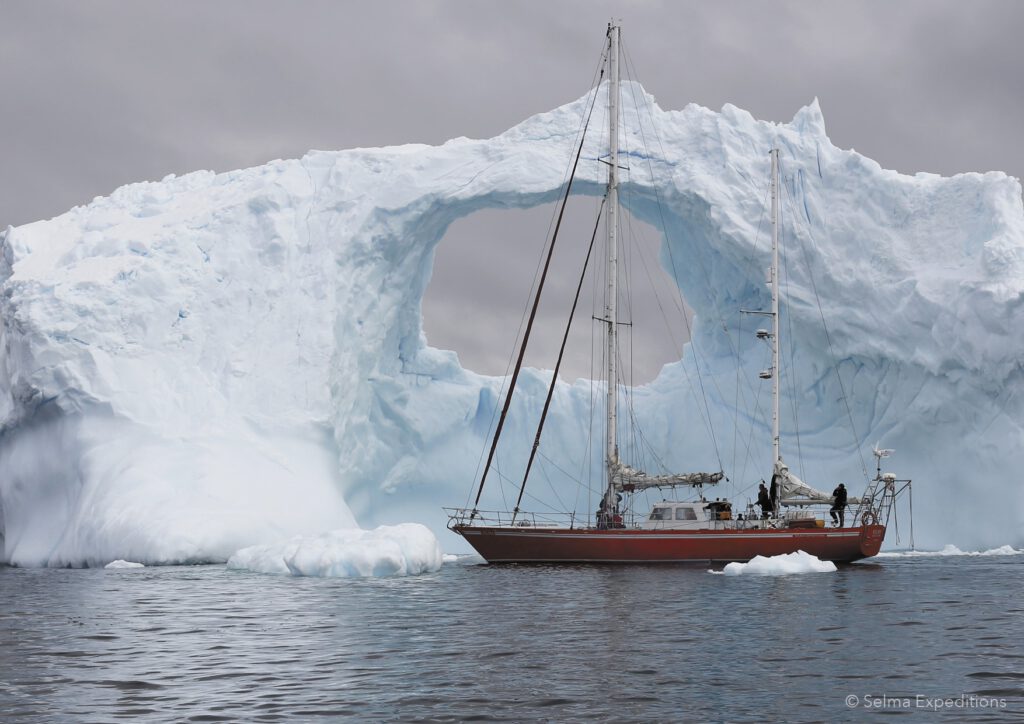
We cruise the Melchior Islands, sail through the Bransfield Strait and visit Cierva Cove with its impressive icebergs on the south side of Cape Herschel. We have the unique opportunity to observe and hear humpback whales singing. The animals regularly come to the Gerlache Strait to feed and play. They often linger curiously on the ship for long periods of time.
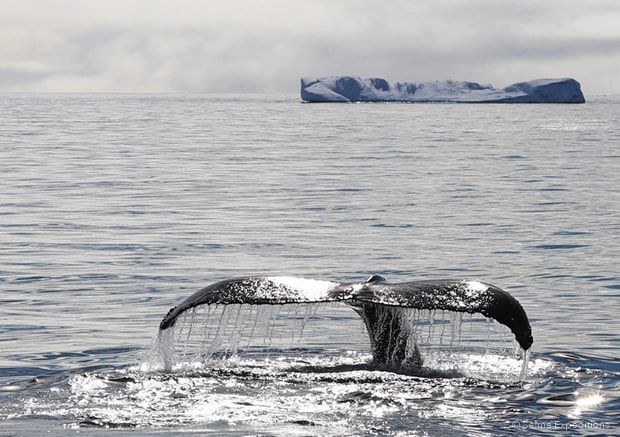
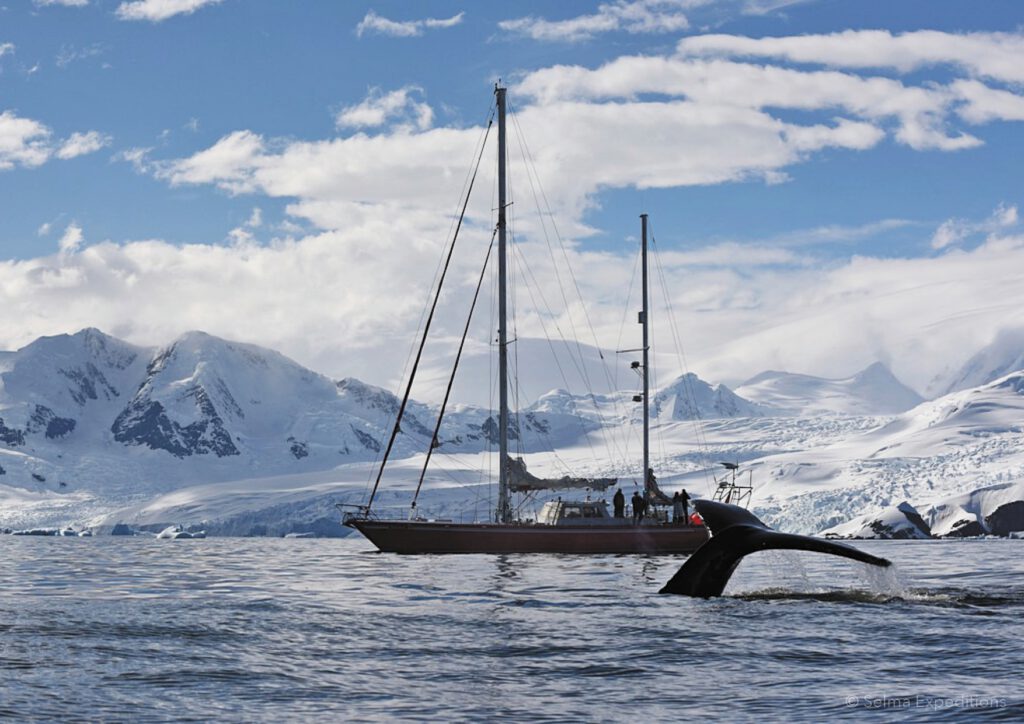
The pebbly beaches and sandy slopes of the region around Enterprise Island are home to a wealth of wildlife, including elephant seals, nesting penguins, king cormorants, giant petrels and whales.
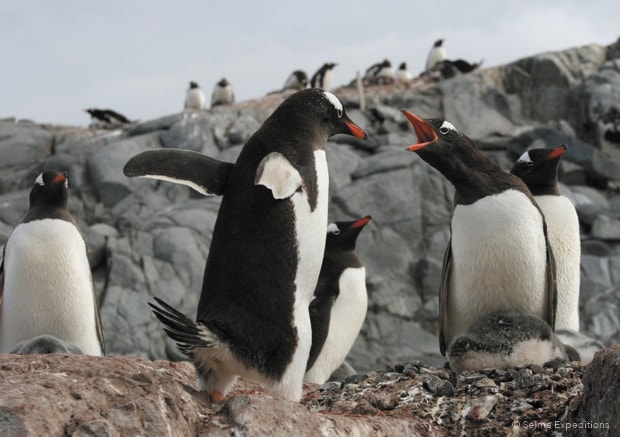
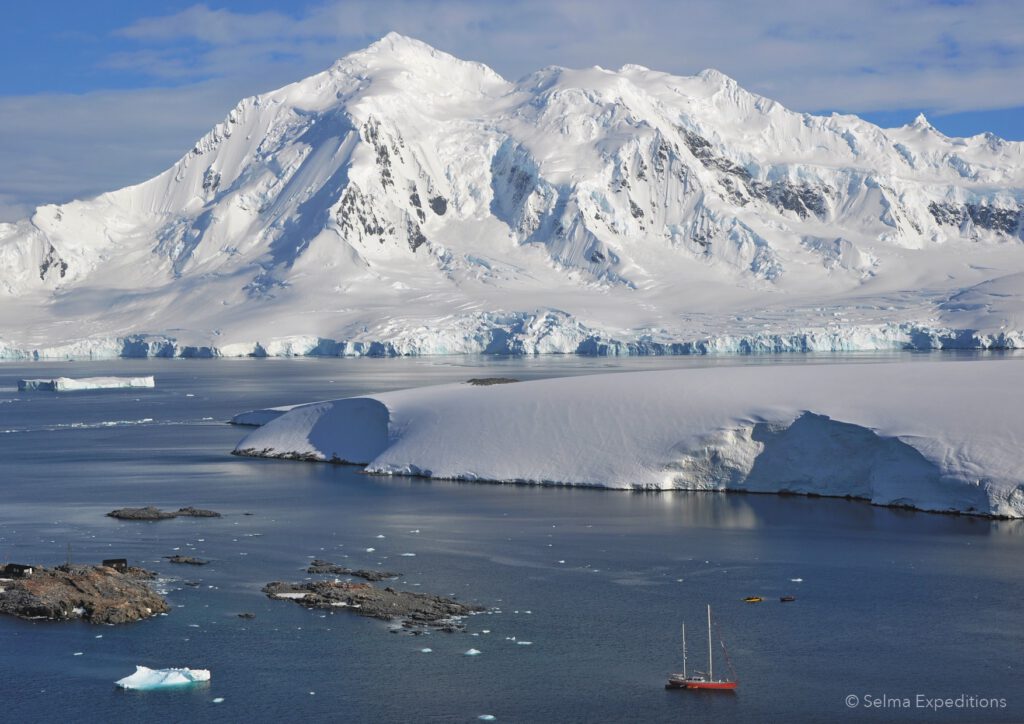
Cuverville Island is characterised by steep cliffs and glaciers and provides a nesting site for a wide variety of birds. From the island you have a unique view of the Errera Channel and the Gerlache Strait.
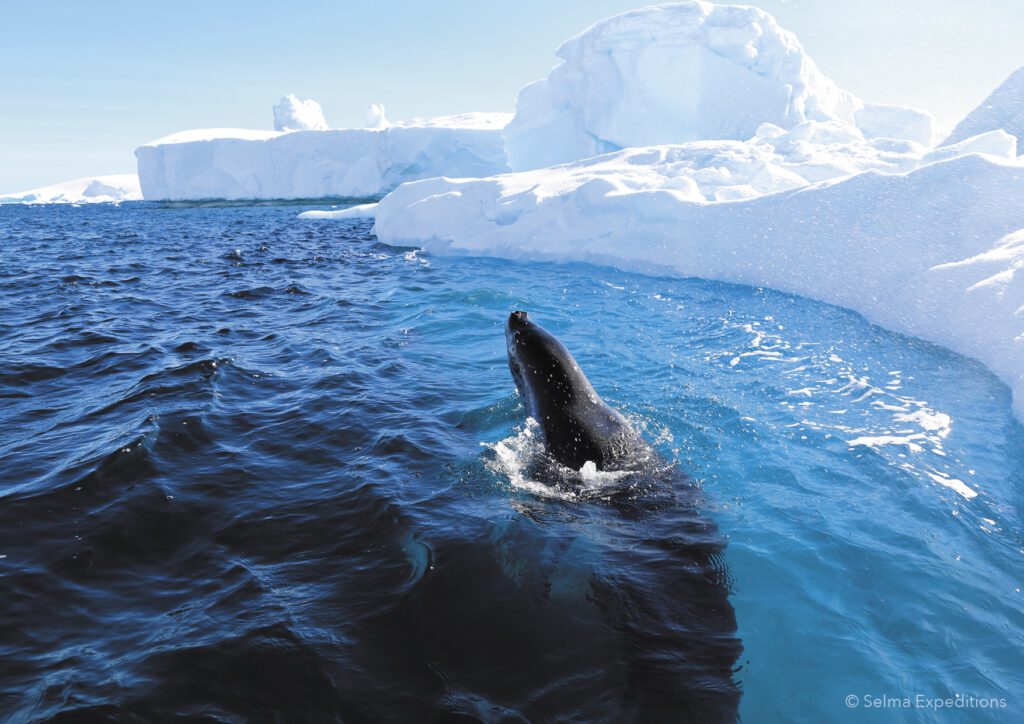
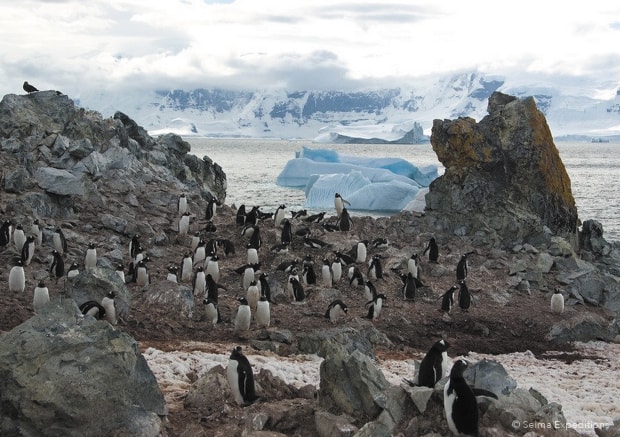
We sail to Neko Harbour and Paradise Bay, which lives up to its name. Here you can watch leopard seals, penguins and whales. Here, too, the curious whales often come close to the ship. We take an excursion by rubber dinghy into the marvellous landscape of the bay and possibly visit the Chilean station Videla.
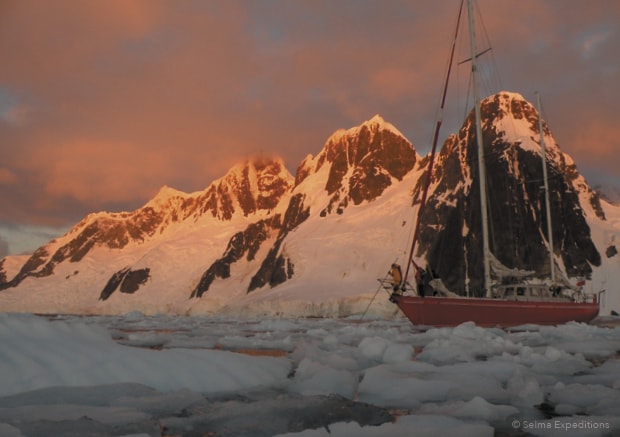
A visit to the Ukrainian Akademik Vernadsky Research Station is perhaps the southernmost point of the expedition. We will spend a few days assisting the researchers at the station or, if the ice conditions allow, we will continue southwards.
In the narrow Lemaire Channel, we sail past cliffs up to 1000 metres high and stray icebergs to Port Circumcision on Petermann Island. There we can explore the impressive maze of ice and islands from a kayak or rubber dinghy.
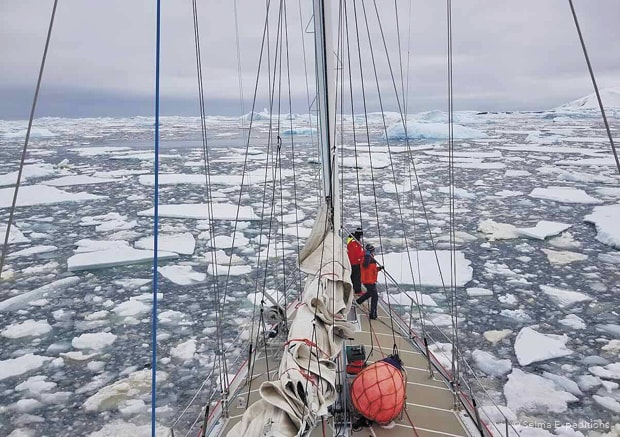
We may anchor in one of the most beautiful places in Antarctica with a view of the Transantarctic Mountains and visit Port Lockroy.
The natural harbour of the British Antarctic Territory is now home to a museum and the only post office in Antarctica. The island also serves as a nesting site for gentoo penguins. They build their nests directly on the paths or lay their eggs on the post office doormat.
An almost complete whale skeleton can be viewed at Jougla Point.
Off to the north: Antarctic Sound – South Shetland Islands – Elephant Island
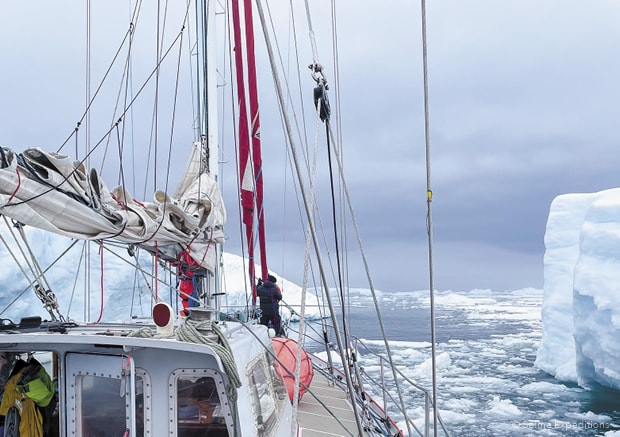
On our way north, we hope that favourable conditions will allow us to point our bow into the Antarctic Sound towards the Weddell Sea for a few days to pay a brief visit to Hope Bay, Brown Bluff or perhaps even Paulet Island and take a look at the ice shelf and the avenue of giants, the icebergs in the Weddell Sea.
This area was also the scene of Otto Nordenskjöld’s Swedish Antarctic Expedition with the Antarctic (1901 to 1904).
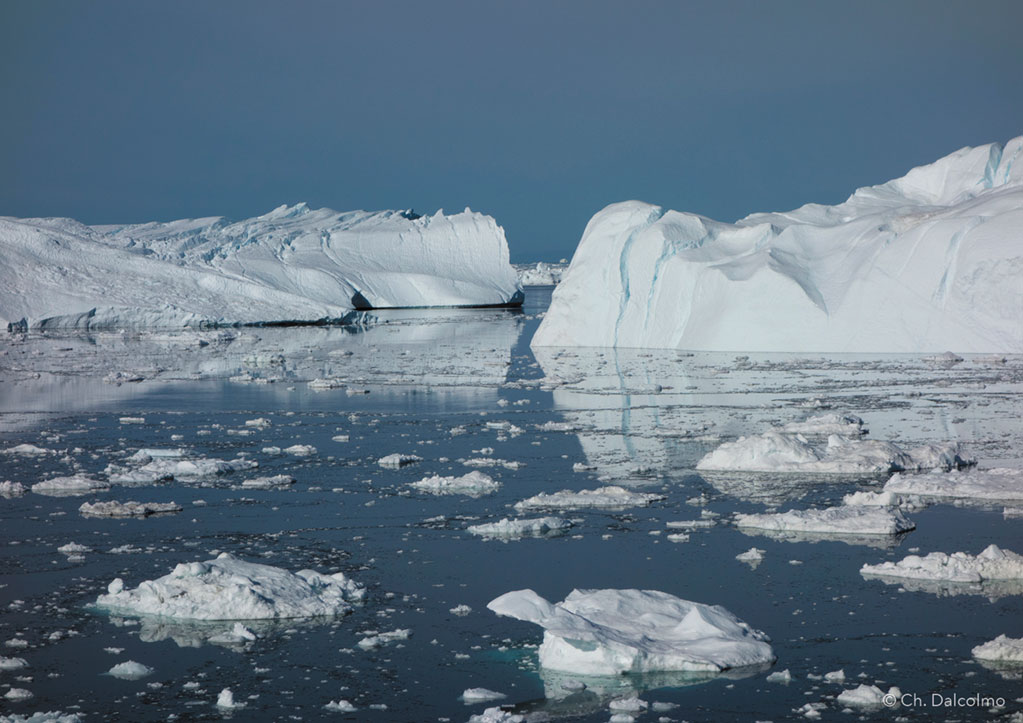
If the ice conditions do not allow this, the South Shetland Islands still offer plenty of attractive and interesting destinations, for example Half Moon Island, King George Island, Turret Point or Penguin Island – here volcanoes, penguins, elephant seals and seals are waiting to be discovered.
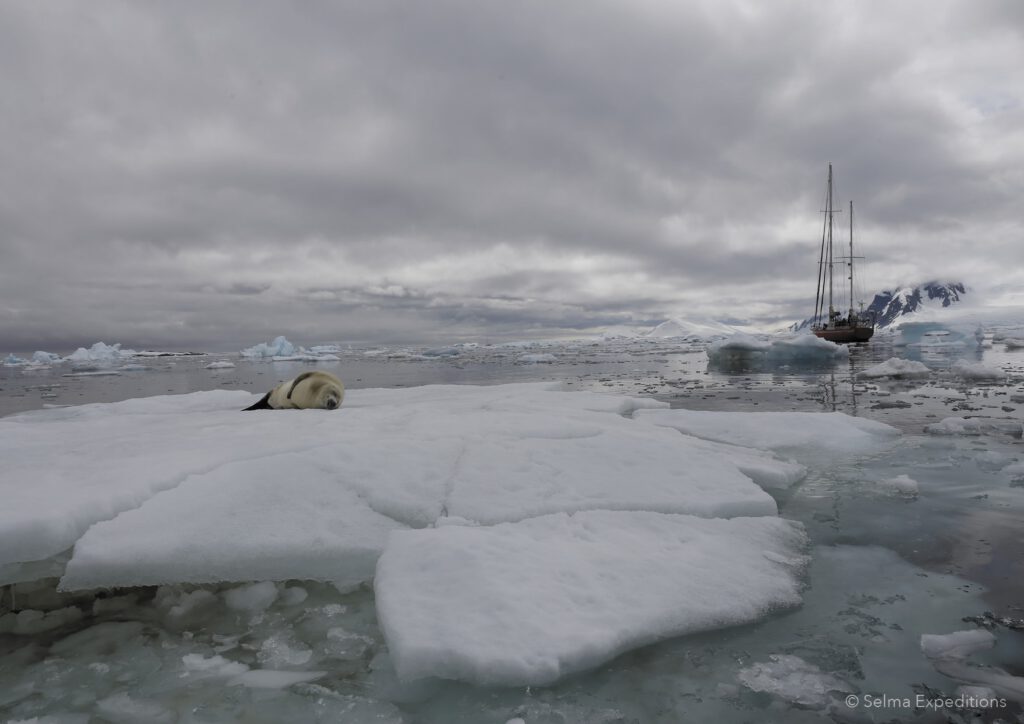
Finally, we will set course for another scene of the heroic age: Elephant Island. The northernmost of the South Shetland Islands is a key site of Sir Ernest Shackleton’s ill-fated polar expedition, whose incredible story and incredible odyssey took place over 100 years ago.
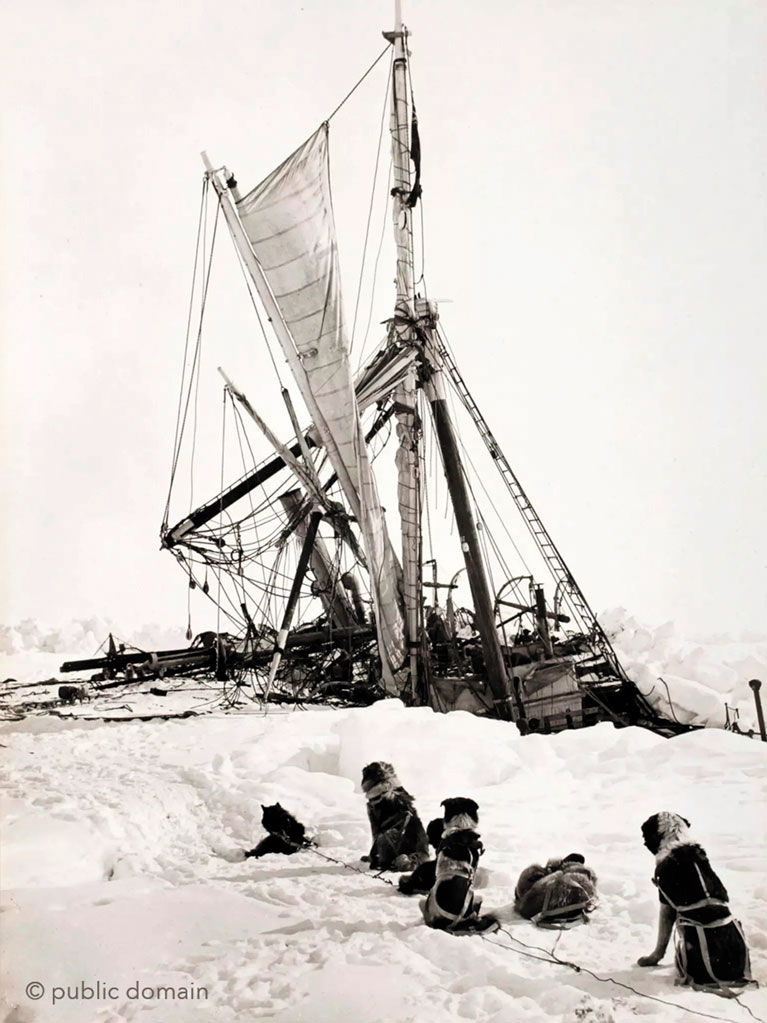
The “Imperial Trans-Antarctic Expedition”, which had nothing less than crossing the Antarctic continent as its goal, was doomed to failure shortly after its start in South Georgia in December 1914. Early on, drift ice in the Weddell Sea hindered the journey southwards, and by January 1915 the ship, the Endurance, was completely encased in ice. It drifted through the polar winter trapped in the ice for several months, but was unable to withstand the pressure of the masses of ice breaking up and drifting in the spring, was abandoned in October 1915 and sank, crushed by the ice, in front of Shackleton and his men on 21 November 1915. After months in a camp on the broken, drifting and melting ice, it broke completely under their feet at the end of the summer in April 1916. Shackleton decided to head for the nearest land across open water with the three lifeboats he had been carrying up to that point. After five days of rowing through the icy and stormy Weddell Sea, the 28 men reached Elephant Island exhausted and had solid ground under their feet again for the first time after 497 days at sea and sea ice.
Here on Elephant Island – at Cape Lookout, Cape Valentine and Point Wild – we want to pick up the trail of one of the most impressive men in the history of polar exploration and his crew, if conditions allow us to land.
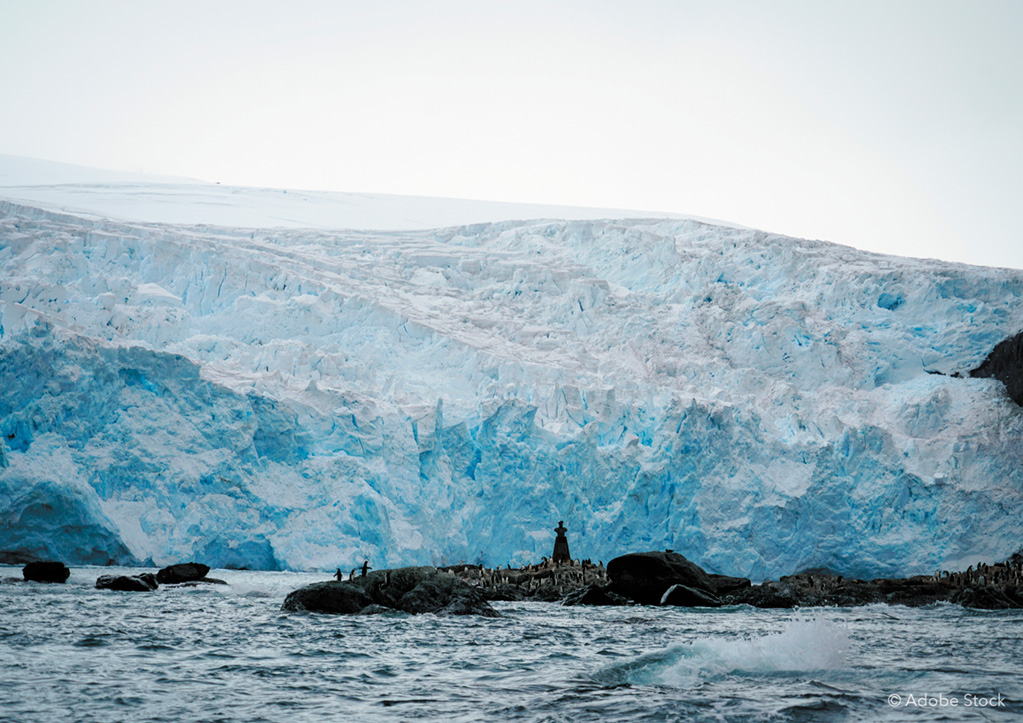
In Shackleton’s footsteps: Elephant Island – Scotia Sea – South Georgia
Elephant Island, that tiny, remote island – today, as then, lying off any known shipping route in the Southern Ocean – barren, rough, almost completely glaciated except for a narrow strip of rock on the beach and mercilessly exposed to wind and weather, offered the crew of the Endurance no protection and no prospect of rescue from the outside.
And so Shackleton decided to set off again to get help. With five other men, including Frank Worsley as navigator, he wanted to try to reach the manned whaling stations on South Georgia, over 800 nautical miles away, in one of the open lifeboats.
At the end of April 1916, six of them set sail on the James Caird, which had been reinforced and converted by the ship’s carpenter for this daring crossing. The remaining 22 men stayed behind on Elephant Island under the care of Frank Wild and had to endure a further four months of hardship until their rescue, which they could hardly hope for at the time.
From Elephant Island, we follow Shackleton and the James Caird to South Georgia, on this 800-nm ocean passage, again in the watch system.
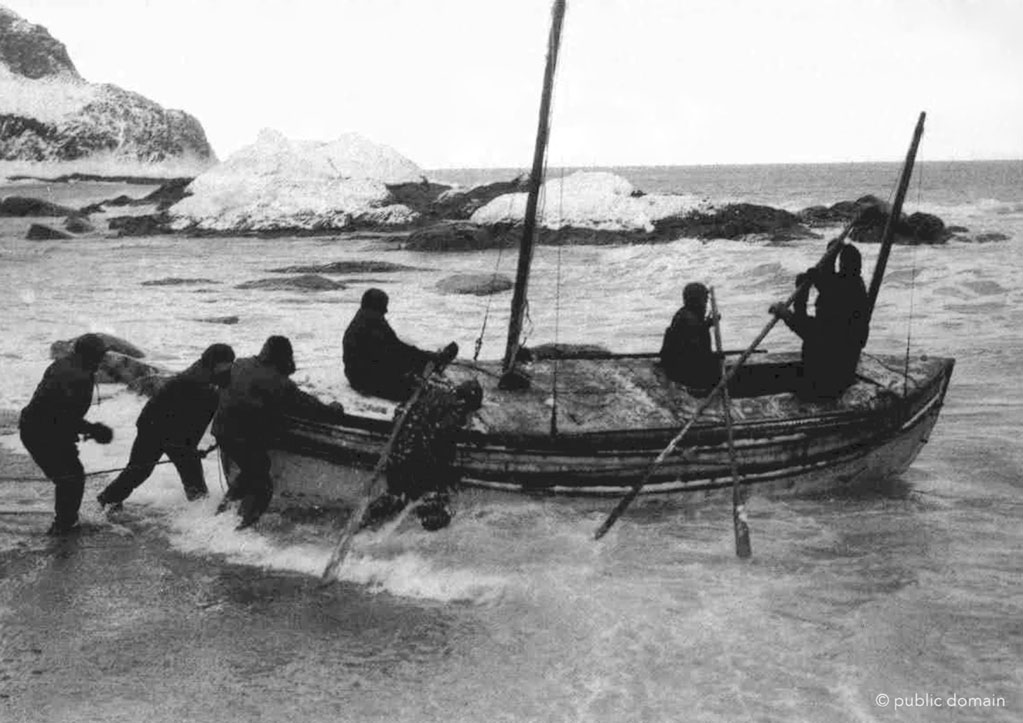
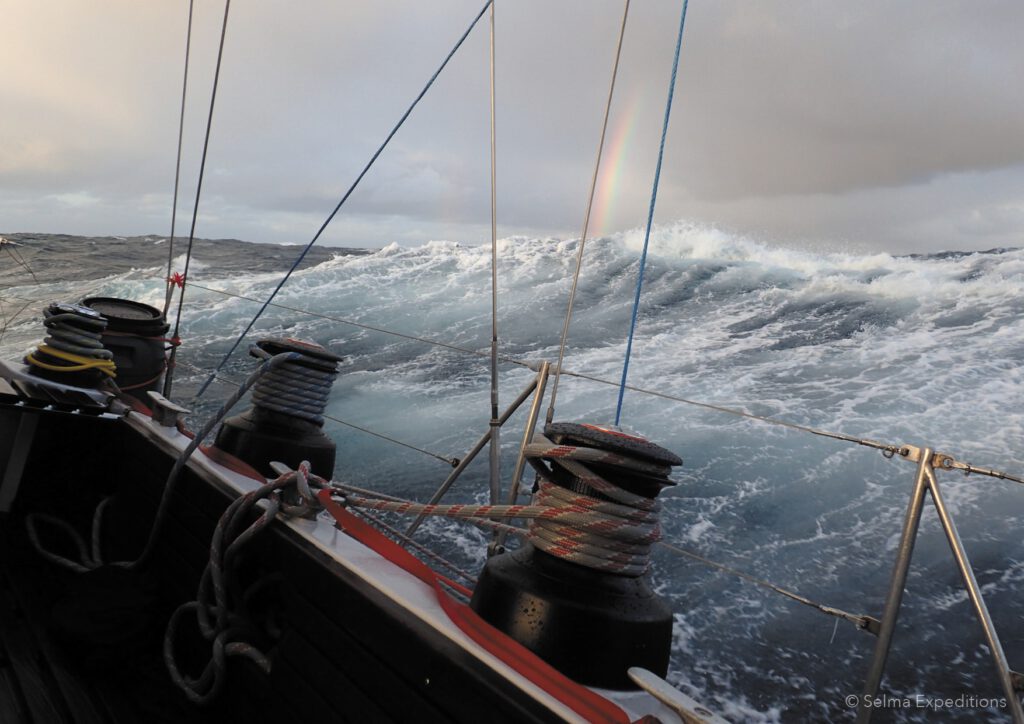
Natural paradise South Georgia – Scotia Sea (approx. 12 days)
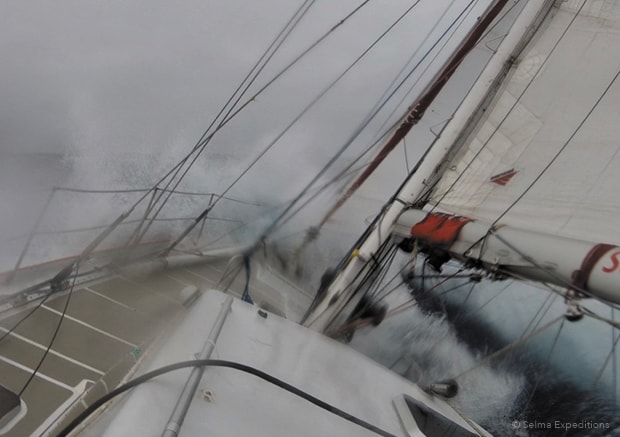
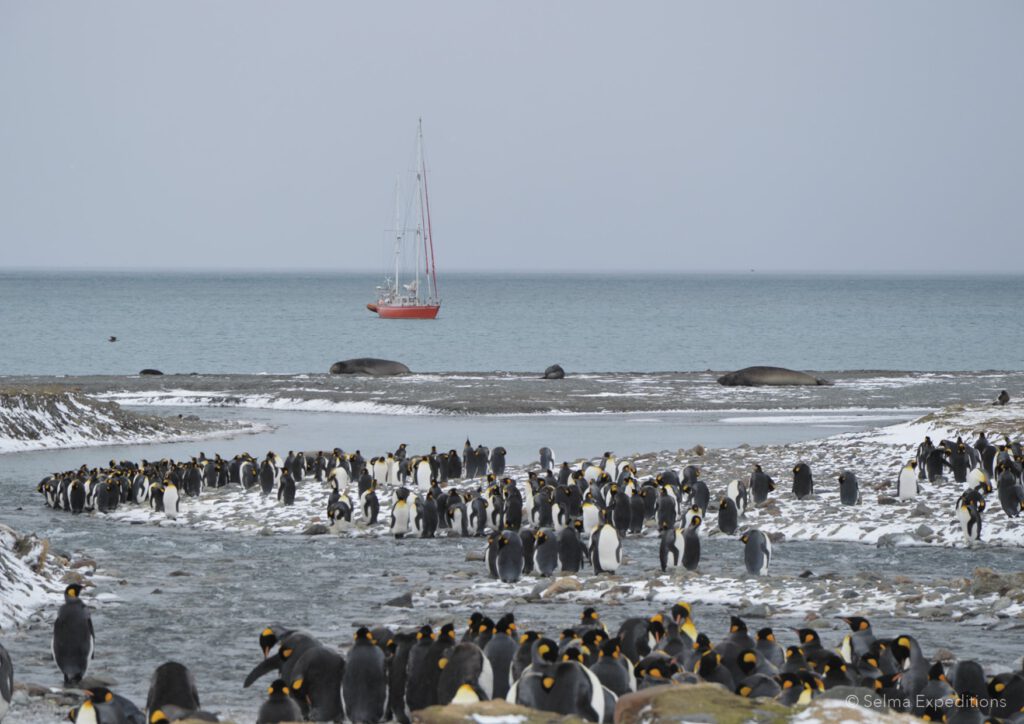
It took Shackleton and his crew 15 days to make the dangerous and rough passage through the storm-tossed South Atlantic before they actually reached the coast of South Georgia thanks to the navigational skills of Frank Worsley, albeit on the “wrong”, deserted southern side of the island and with a boat that was no longer seaworthy. The exhausted men went ashore in King Haakon Bay.
After a few days of recuperation, they had no choice but to attempt to cross the island, consisting largely of glaciated mountains up to 3,000 metres high, in completely unmapped terrain on a route that had never been travelled before and without any adequate equipment, if they did not want to give up on saving themselves and their comrades. The risky and daring undertaking succeeded, and miraculously they reached the whaling station in Stromness on 20 May 1916 after 36 hours of uninterrupted walking with their last ounce of strength.
From there, Shackleton finally managed – after three unsuccessful attempts – to rescue all the remaining expedition members from Elephant Island at the end of August 1916 and take them safely on board the Yelcho, a Chilean navy guard boat.
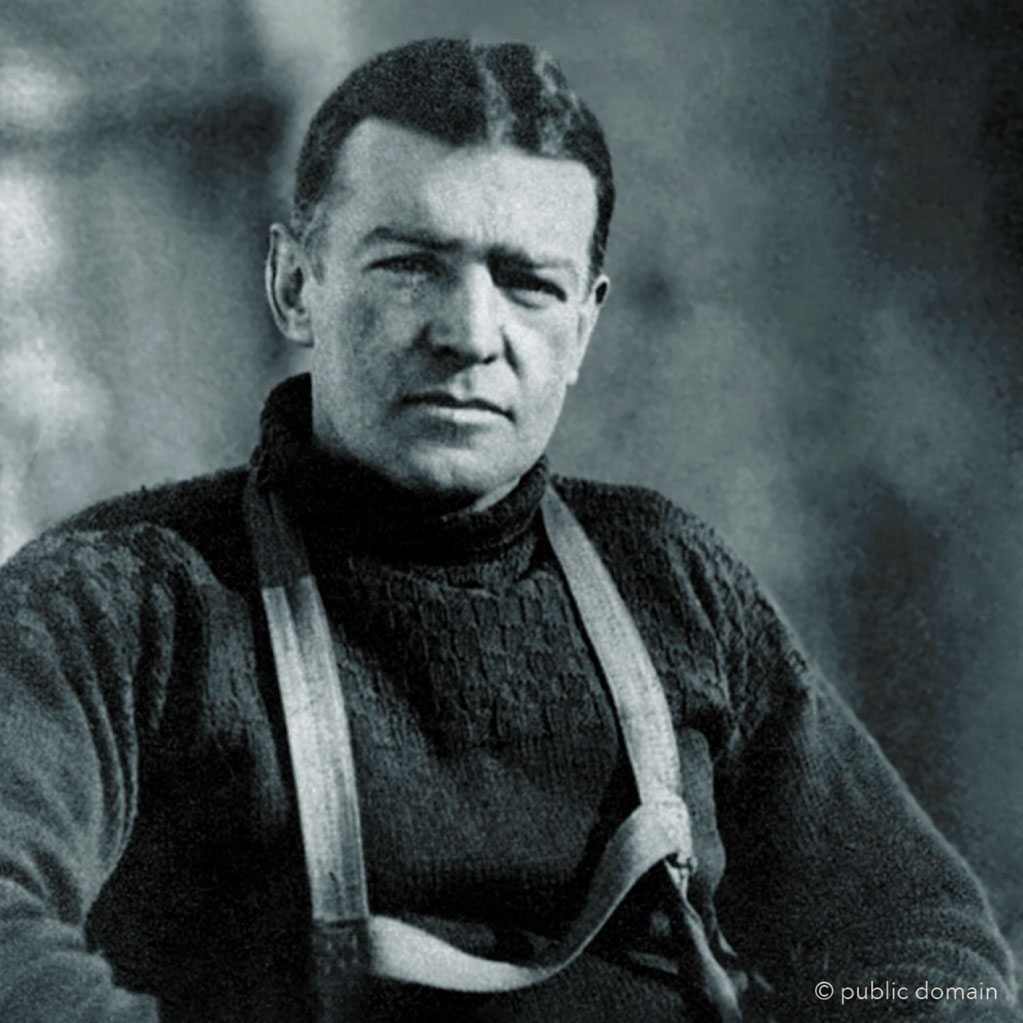
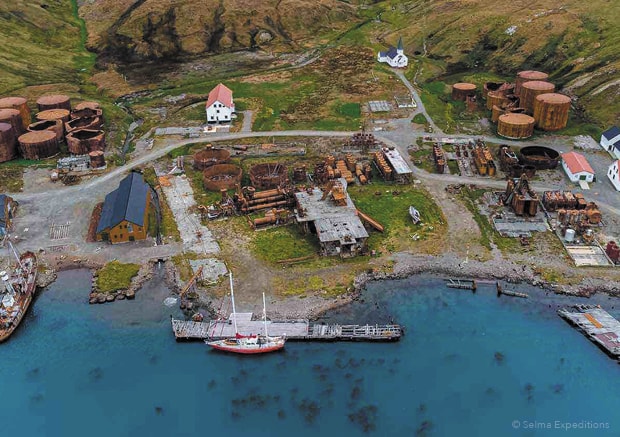
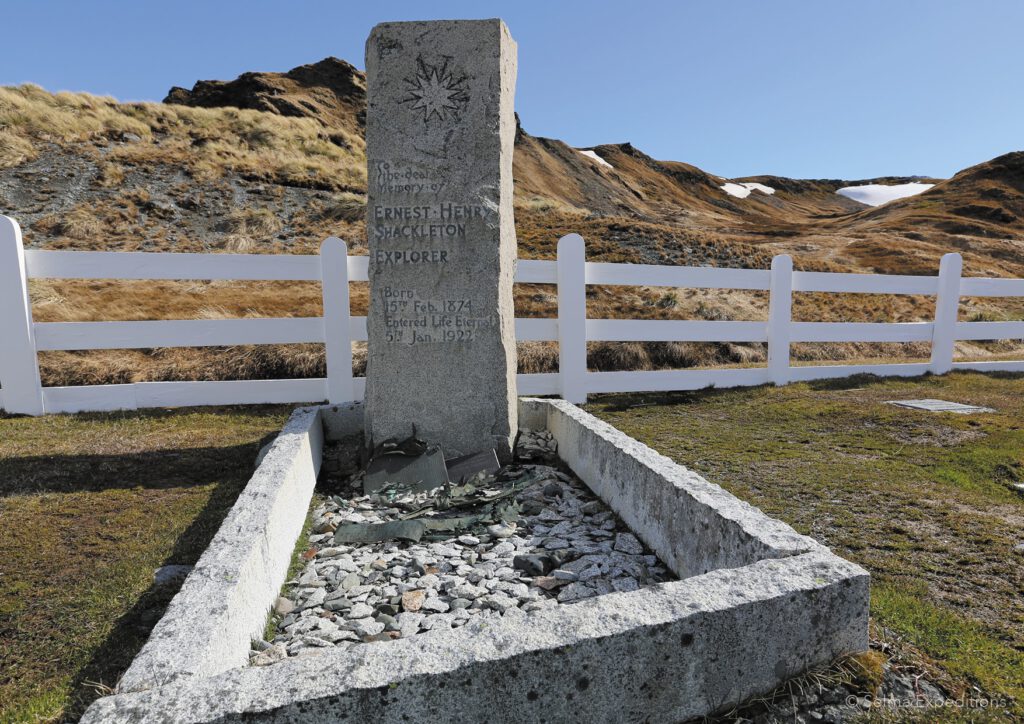
We won’t be able to tackle the entire 40 kilometre Shackleton Traverse over the Central Mountains ourselves, but we do want to follow in Shackleton’s footsteps and those of the old whaling stations on South Georgia.
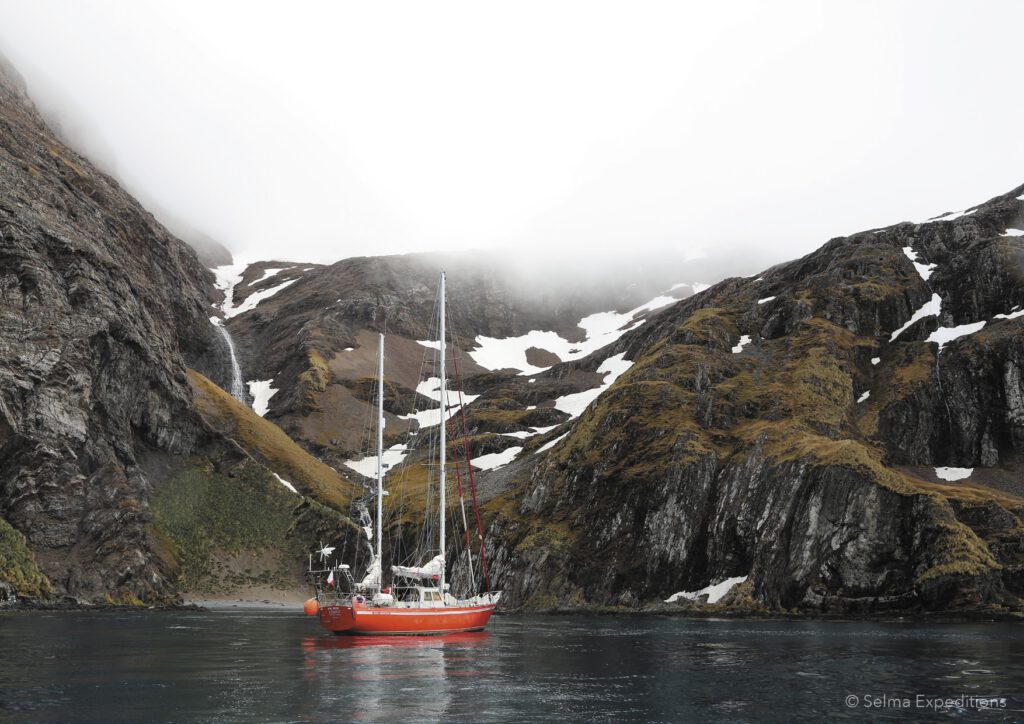
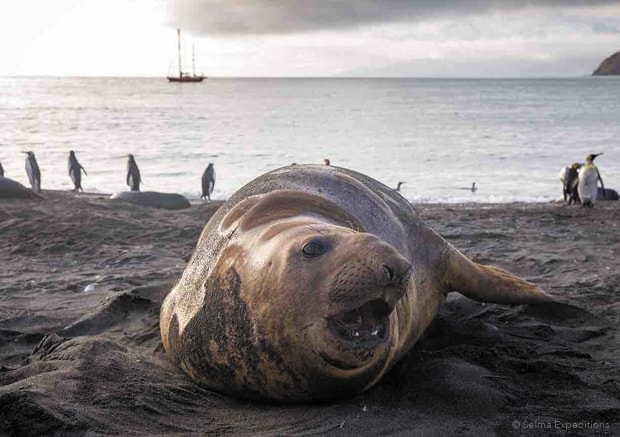
We take ten days to discover the inaccessible coasts and bays of the more sheltered north-east coast of South Georgia, the spectacular glaciers and the unique biodiversity of this sub-Antarctic island. We experience the lively life in the colonies of seals, elephant seals and penguins – one of the most important colonies of king penguins populates St Andrews Bay. Behind the populated beaches, hidden in the tall tussock grass, petrels and albatrosses breed. Gold Harbour, Cooper Bay, Salisbury Plain and Prion Island are other possible destinations.
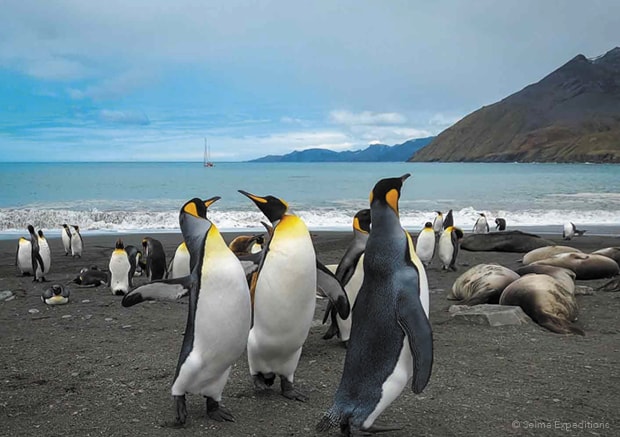
In good conditions, we hike the last part of the Shackleton Traverse, the so-called Little Traverse or Shackleton Walk, from Fortuna Bay to Stromness, before paying our last respects to the “Boss”, as Shackleton was affectionately and respectfully called by his crew, at his grave in Grytviken.
Last leg: South Georgia – Scotia Sea – Falkland Islands (Islas Malvinas) (approx. 1 week)
We bid farewell to one of the world’s last unspoilt nature reserves and then wait for a suitable weather window to set off on our last great passage, sailing to the Falkland Islands (Islas Malvinas) accompanied by petrels and albatrosses.
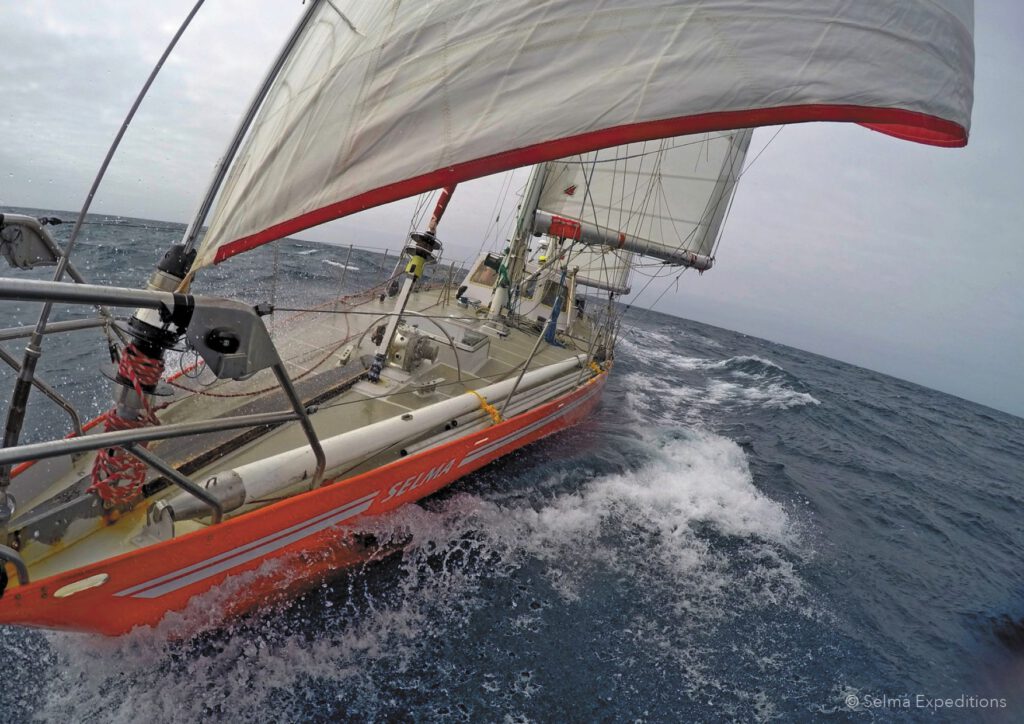
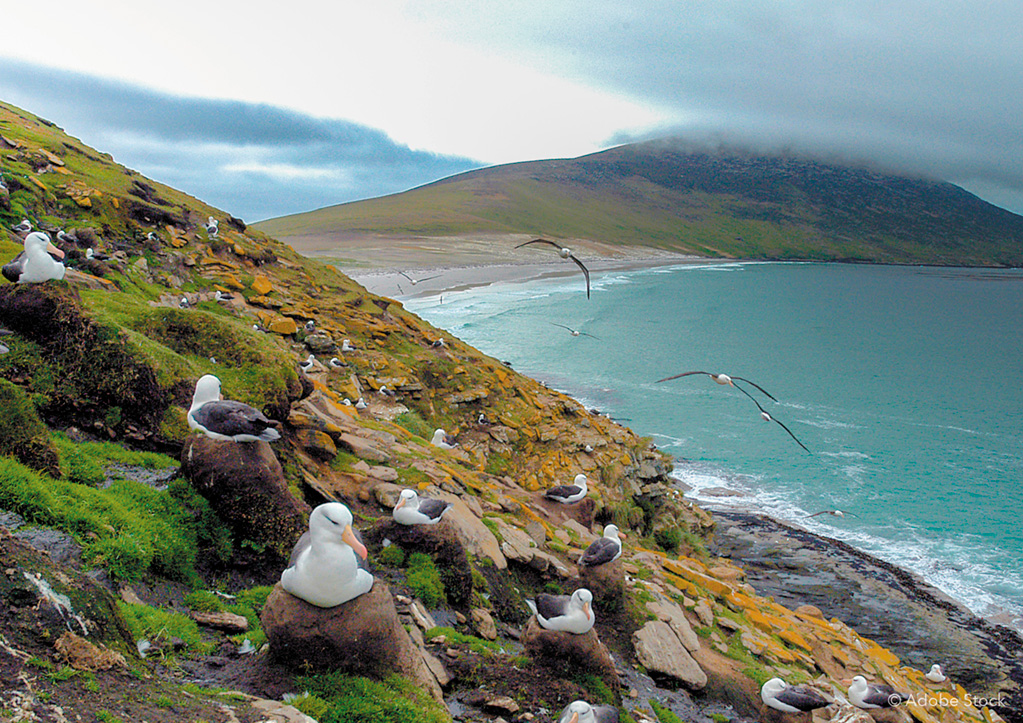
The destination and final destination of the expedition is Port Stanley. After our arrival, on the evening of the penultimate day, we will certainly – rich in adventures and unique experiences – toast the end of a successful, successful and incomparable expedition and say goodbye.
